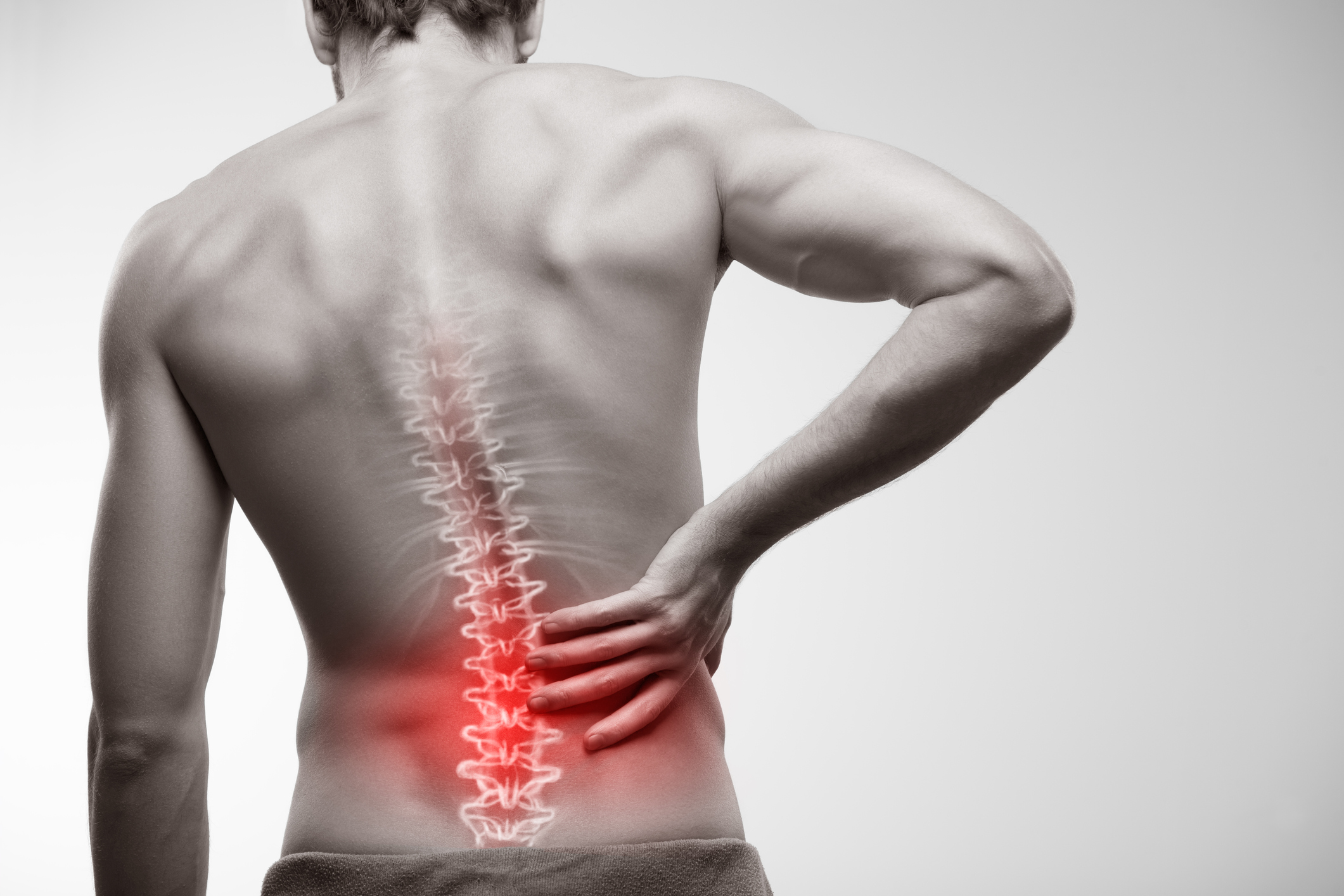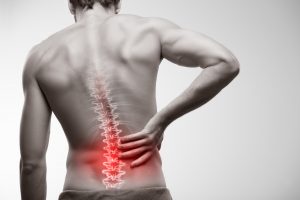Health & Safety
Manual Handling in the NHS


Manual Handling in the NHS
Manual Handling also known and Moving & Handling in the NHS has come a long way! I have experienced it both as a patient and as a trainer.
Let’s start at the beginning
I know a lot of people say it, but I wanted to be a nurse from a very early age. I never once changed my mind, and when my father was diagnosed with Leukemia on my 16th Birthday I saw how the nurses looked after him and I was surer than ever. My earlier plans were to do my training, get my nurse qualification and then join the Army as a Nurse. I managed the first two, but I changed my mind about the Army!
I started my training on 20th October 1981, and I can honestly say it was one of the best days of my life. Now as a Moving and Handling Consultant, I look back on the way we used to move patients. It makes my back ache just thinking about what we put ourselves and our patients through.
Manual Handling in 1981
In 1981 manual handling in the NHS was very different to now. There was no manual handling equipment available, nurses and healthcare staff had to move patients manually. The techniques we used are now classed as controversial and are not now acceptable practice.
Examples of these controversial techniques include:
- The Orthodox Lift
- Top and Tail Lift
- Pivot Transfer
- Bear Hug
- The Drag Lift
- Australian Lift
- Placing a foot on a walking frame to keep it steady (Zimmer Frame, Rolator Frame)
- Using a bed sheet to slide
- Orthodox/Cradle lift
Manual Handling Techniques that resulted in injury


Medical Advice that was less than adequate
On examination the GP said I had pulled my back very badly and suggested if I wanted to avoid this happening again I should consider changing my career, he also prescribed analgesia and bed rest for two weeks! Obviously I didn’t change career and returned to work after my two weeks bed rest. With regards to bed rest that is something that would never be prescribed these days because research has shown it makes the body stiff and increases pain!
Manual Handling and the patient
These techniques were not always comfortable for the patient and could be quite dangerous at times. I remember lifting patients into a bath with a colleague and when the patient was ready to get out, we would drain the bath water, put a towel under the patient’s armpits and yank them out of the bath. This must have been so uncomfortable and degrading for them, but at the time that is all we knew.
Things are changing all the time with manual handling techniques, equipment, and legislation. What we use now could change at any time; and in years to come, people could be reading that the techniques we use now are controversial. That is why staff should keep themselves up to date with Manual Handling, to keep themselves and their patients safe.
And Now
Manual Handling in the NHS today is now more regulated. We have loads of manual handling equipment to take the load off Health Care staff as well as making caring for Patients/Clients a more pleasant experience. There is also a variety manual handling training available for all different disciplines, such as Physiotherapists, Occupational Therapists and Care Workers to name but a few which covers up to date equipment, and if available, staff can practice using the equipment knowing they are doing so in a safe environment.
Have a look on our website, there may a course that’s suitable for you.
Please give me a ring if you want to discuss further, Wendy Attew, Senior Moving and Handling Consultant, on 07725 956316 or email me on w.attew@usc.org.uk
Let’s keep safe in the workplace, reduce back injuries, and keep those we care for safe and comfortable.
